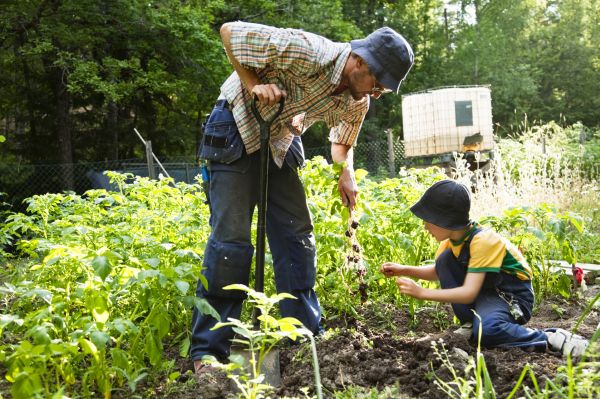Soil quality is essential for successful livestock and agricultural operations. Productive soils offer needed nutrients for plants to grow properly and this will also affect animals. Good soil could provide ideal grazing for cattle and this allows us to get nutrients from meat and milk. Like most organisms, plants also have one essential goal, which is to grow. This will allow plant to reproduce quickly. For this reason, it is important to understand about the effects of nutrients in soil for our lives. In order to meet the nutritional requirements of any grazing animal, we should make sure that major elements are available.
Healthy soil should contain enough phosphorus, nitrogen and potassium. Its pH level should also be normal to ensure rapid growth of plants. Nitrogen allows for faster green-up and it is important for optimal growth. We often think that nitrogen could provide yield for our pasture, but it isn’t accurate. In general, nitrogen could be leached from soil relatively quickly and it could last in soil for just about 90 days. However, it could depend on the soil type, which may contain more clay or sand. Phosphorus is another essential element inside soil and it is important for ideal root development.

Without proper root structure, plants couldn’t survive, because it may not have enough air, mineral and water. With proper balance, these key ingredients should improve soil productivity due to efficient interaction between soil systems. Compared to nitrogen, phosphorus could stay longer inside soil. Potassium is also important to provide the yield or the quantity of crop needed. The more plants that grow, the more grass cattle could graze on the pasture. pH is also important for optimal production. It means that the soil needs to be checked for proper amount of P and K. These basic elements are essential for fertility.
It is important for farmers to take basic samples of the soil. Basic equipments for sampling are clean bucket, sample bags and probes. It is important to take samples in different parts of the area, because soil types and levels of nutrients are not similar. In this case, we need to push the soil probe for about 5 inches into the dirt. The content should be emptied into the bucket. Samples must be collected from different parts of the field. The next step is to remove the debris, pebbles, roots, grass stems and others. Soil can be tested for different levels of N-P-K and pH. For more accurate assessments, it is important to test the soil sample inside laboratory.
If we plan to purchase a piece of land, even if it is for housing purposes, we should get a soil sample. In this case, it would mean that grass and other plants could grow well on the lawn. Many housing areas are built on top of very poor soil and this will require home owners to put a layer of fertile soil. It is also important to use fertilizers more frequently